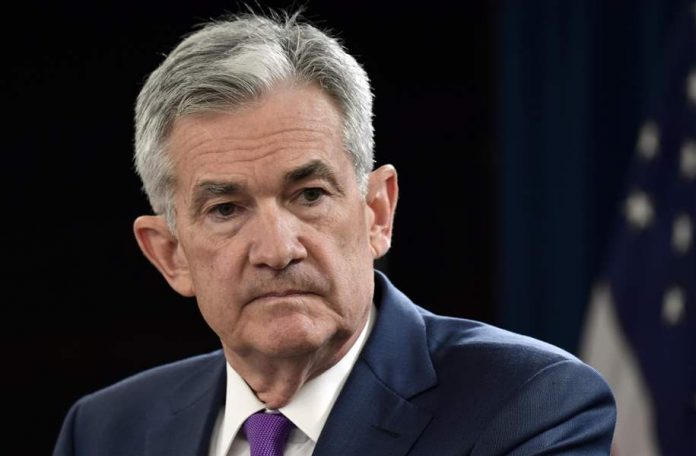The September Consumer Price Index (CPI) arrived this morning and, contrary to the Fed’s recent comments, inflation looked anything but “transitory.” After slowing for two consecutive months, September saw CPI spike by 0.4% month-over-month (MoM) vs. 0.3% expected and 5.4% year-over-year (YoY) vs. 5.3% expected. That’s the highest YoY headline CPI surge since July 2008.
Energy prices experienced the largest hike among the major CPI categories, rising 1.3% MoM. And within energy, fuel oil costs leaped by 3.9% MoM. Fuel oil costs climbed an eye-popping 42.6% YoY.
In short, energy primarily drove the headline CPI number to a 13-year high. Core CPI (which excludes food and energy) still rose 0.2% MoM, beating the +0.1% estimate.
Curiously, used car prices actually dropped last month according to the US Labor Bureau. Manheim (the world’s largest auto auction wholesaler) reported yesterday that used car prices hit an all-time high in September by comparison.
Is Manheim wrong? It might be. But as a major wholesaler with data gathered directly from the used car market, that doesn’t seem very likely, does it?
It’s much more probable that the US Bureau of Labor Statistics got bad data. Or, that the bureau simply lied about it.
Regardless, investors can expect a nasty revision to September used car prices when the October CPI is released in November, which should boost both core and headline CPI retroactively.
Food prices and housing/rental (called “shelter” in the CPI) also jumped last month to the chagrin of Wall Street analysts, many of whom thought for months that inflation was transitory.
“Much of these inflationary pressures are transitory, but that doesn’t stop them from having a dampening impact on activity. Today’s number, with food price inflation and shelter inflation moving higher, suggests growing pressure on consumers,” said Principal Global Investors chief strategist Seema Shah.
Deutsche Bank’s Matthew Luzzetti agreed when identifying the potential sources of “stickier” inflation.
“The top takeaway is, inflation is still running hot. It’s well above the Fed’s target,” he said.
“I think within the details, the most important point was, rental inflation was the highest we’ve seen since 2001.”
Luzzetti continued, adding:
“I think today’s data, at least on the rental front, does tell you that the rise in inflation is probably going to be a bit more persistent than what the Fed had anticipated previously.”
Something else to note is that wages are up only 4.6% nominally on the year vs. headline CPI, which is up 5.4% YoY. The Fed thought this gap would quickly close.
Instead, wages have remained “underwater” far longer than expected. And they might sink lower in October if the long-awaited hiring spree finally arrives, suppressing wages as inflation continues to climb.
Following the February CPI release earlier this year, we warned that the US was on track to meet a stagflationary conclusion by year’s end. We’re not even past Thanksgiving yet and the evidence supporting our hypothesis has snowballed. The Fed finds itself in an extremely difficult position as a result.
Does that mean Fed Chairman Jerome Powell’s going to officially announce a taper in November as Wall Street believes? He just might have to in order to take some air out of the “everything bubble” that’s only grown larger with time. In doing so, though, Powell could cause it to “pop” violently, bringing down nearly every asset class in the process.
All while less-permanent sources of inflation (like rising oil) potentially scream higher still.








